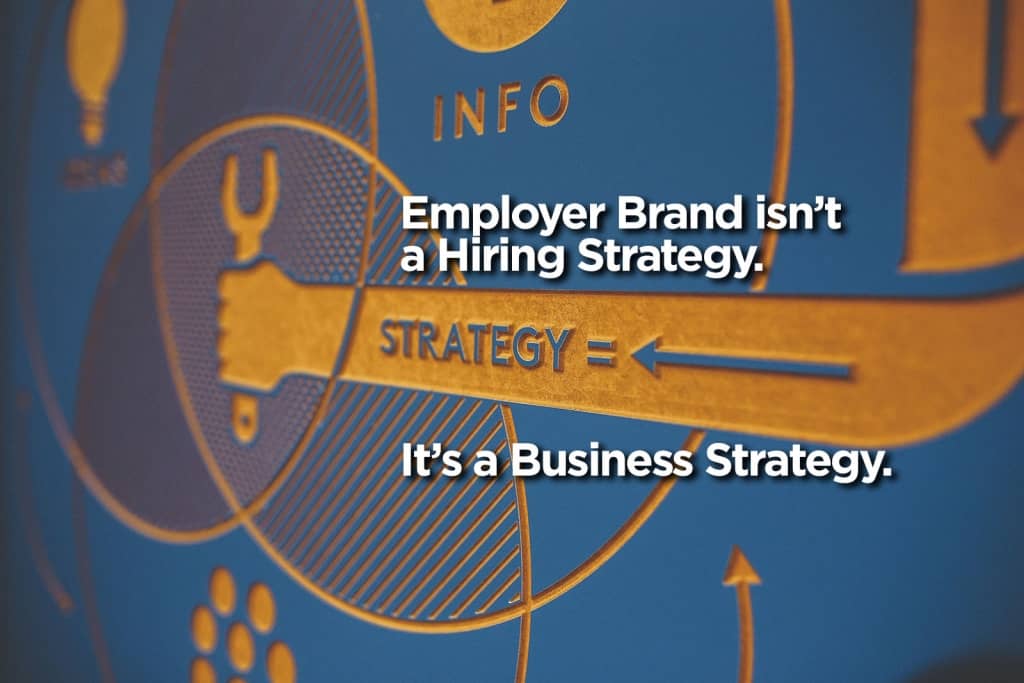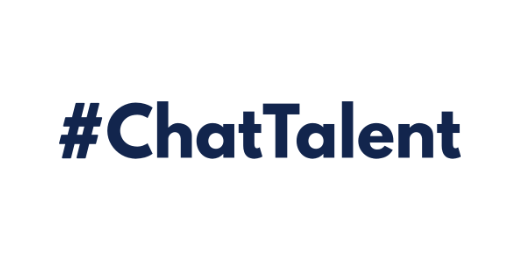There’s a tried and true playbook when a business faces a brand crisis: Admit the problem, give communication responsibilities to the top person, and over-correct on the solution. From the Tylenol scare in the 1980’s to the Wells Fargo scandal last year, businesses have learned that trying to cut corners on this process is a recipe for disaster: Consumers simply will not respect and trust a brand who tries to skip to the end and pretend everything is back to normal too quickly.
But what happens after the crisis is done? Companies who follow the process aren’t back to where they were, they’ve just cleared out the problem. The PR issue was a cancer. Now that it has been effectively destroyed, the patient isn’t healthy. The damage from both the disease and the cure need to be addressed before you can say the patient is back to normal.
I bring this up because I’ve noticed an uptick in an old strategy to bring pathos back to the brand perception: the appeal to the employer brand.
Here in the states, we love to have pizza delivered to us while we watch sports. That connection is what drove Papa John’s Pizza to spend $30MM+ on ads during NFL games to encourage sports fans to buy it’s brand of pizza. CEO John Schnatter was the face of the company, appearing in virtually every commercial with football stars to pitch his pizza.
 But then Schnatter began to make some pretty disparaging remarks against NFL players, bringing politics into the game, blaming protests on a drop in NFL ratings and his own pizza sales. The uproar was enough to not only get the sponsorship deal killed, but Papa John himself was ousted as CEO. Sales sank, and the stock dropped. As a company, Papa John’s Pizza followed the crisis management plan to the letter, but what happened next?
But then Schnatter began to make some pretty disparaging remarks against NFL players, bringing politics into the game, blaming protests on a drop in NFL ratings and his own pizza sales. The uproar was enough to not only get the sponsorship deal killed, but Papa John himself was ousted as CEO. Sales sank, and the stock dropped. As a company, Papa John’s Pizza followed the crisis management plan to the letter, but what happened next?
The next set of TV commercials no longer featured Schnatter, but instead a montage of people who owned and worked at Papa John’s Pizza franchises. The message was about how these people were workers (just like consumers) and that they made your pizza. That it was unfair to penalized them for what the CEO said. They talked about why they work at local franchises and why they love pizza. The series of commercials, entitled “Voices of Papa Johns” are, for all intents and purposes, employer brand ads. Put them on a career site and they would look at home next to Glassdoor scores and job listings.
I’ve seen the same thing from Wells Fargo, suggesting that leaning on the employer brand in times of crisis isn’t a one-off, but a natural extension of the crisis playbook: After you fix the damage, focus on your “humanity” (or at least the humans on salary).
I bring this up, not as some “cool trend to look out for,” but because this trend belies an underlying truth: In many ways, the employer brand is more important than the consumer brand.
Yeah, I said it.
Remember. The consumer brand is an abstract concept. It exists because of the industrial revolution removed the connection between the person who made/did a thing with the person who bought it. Your local butcher or cooper or blacksmith didn’t need a brand because they were the people in your community. If your barrel broke, you didn’t write a letter to some faceless company, you took the parts back to Cooper (that was actually his name, often) and spoke to him. He knew that if people didn’t trust his barrels, he’d be out of a job. He could measure the value of his customer’s reputation in the community and determine a fix.
But once the local cooper was 100+ miles away, working in an assembly where his role was to put the first hoop down rather than complete every task in making a barrel, you couldn’t complain to the maker. If you tried to complain to the seller, they could tell you they were only the middle-man, maintaining no responsibility for the goods others made. So how could you know one barrel was reliable and another likely wasn’t? By the brand name.
The concept of a consumer brand was an attempt to bridge the growing gap between the person who made something and the person who bought it.
But it is the people who make the product, the people who work at the brand who are the ultimate brand ambassadors. They provide credibility and authenticity beyond what the marketing team pitch. Why? Because they work there. They see the good, the bad and the ugly from the inside. And yet, they choose not just to buy, but to stake their family’s future on the company. A customer can walk away, leaving a Yelp review on their way out. An employee has enormous skin in the game.
We’ve long heard the greeting card platitude that the employees are the most valuable asset within a company. Sadly, it’s usually spoken or written as benefits are being squeezed to support the bottom line.
People just aren’t the most important asset in a business. The truth is that people are the business.
What is a business without sales people to encourage and manage orders? What is a business without customer service representatives to calm customers and turn a negative into a positive? What is a business without leadership to plan new product launches and shape the business strategy? A business can’t exist without people, where they can exist without so many other things.
That’s where employer brand has power: it is the perception not of the products being made, but in the people who make the products.
To say that employer brand is a recruiting tactic or strategy is like saying a battleship is a way to get from one place to another. The power to create emotional connection between humans isn’t just easier than creating it between a human and an abstract concept, it’s more powerful. Look at the Dove ads where we see the power of making people feel something [See: Dove real beauty sketches]. The logo or product didn’t make them feel that emotion: the people did.
What happens when there are so many brands to consider in any given space? What happens as products and services begin to feel more and more alike? What happens as AI and bots take over so many of the human interactions? The people behind the brand become more powerful. The workers, the people who make a choice every day to put their energy, thoughtfulness, heart and passion behind that company, make the brand, not the other way around. The employee becomes the most important and credible element in the company.
The employee becomes the brand.






